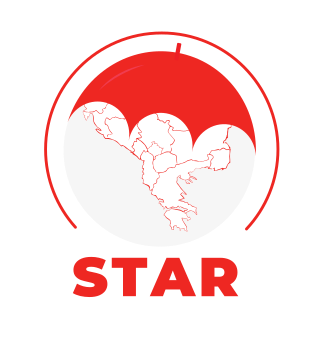TRANSIT tool was developed by trans people, programme managers, researchers and development partners who helped to research, draft and review it in collaboration with a coordinating group, that has attended a consultation in Bangkok, Thailand, in July 2015.
While all transgender people are potentially at risk of HIV infection, transgender women have borne the epidemiologic brunt of HIV disease. Transgender women are significantly and disproportionately affected by HIV globally. Time and again, when HIV data specific to transgender women are gathered, they indicate disturbing levels of HIV disease and burden. A 2013 meta-analysis of studies conducted in 15 countries found that a transgender woman in one of these countries was 49 times more likely to be living with HIV than her non-transgender male and female adult counterparts. Despite documented negative health and HIV outcomes, in many regions data on transgender women are not separated from data collected among gay and other men who have sex with men. It is imperative that conflation of these data stop. Disaggregation of data on transgender people will allow a better understanding of the social determinants of health impacting transgender people in general, and transgender women specifically.
This tool describes how services can be designed and implemented to be acceptable and accessible to transgender women. To accomplish this, respectful and ongoing engagement with them is essential. This tool gives particular attention to programmes run by transgender people themselves, in contexts where this is possible. It is itself the product of collaboration among transgender people, advocates, service-providers, researchers, government officials and non-governmental organizations (NGOs) from around the world, as well as United Nations agencies, and development partners from the United States.
How to use this tool
This tool is designed for use by public-health officials and managers of HIV and STI programmes; NGOs, including community and civil-society organizations; and health workers. It may also be of interest to international funding agencies, health policy-makers and advocates. It is meant to cover implementation of interventions across the full HIV services continuum, including interventions for prevention, diagnosis, treatment and care.
Each chapter explicitly or implicitly addresses one or more of the 2011 Recommendations or the 2014 Key Populations Consolidated Guidelines. The first two chapters describe approaches and principles to building programmes that are led by trans people. These community-led approaches are themselves essential interventions. Chapters 3 and 4 describe approaches to implementing recommended interventions for HIV prevention, diagnosis, treatment and care. Chapter 5 describes how to manage programmes and build the capacity of organizations of trans people.
You can read and download the TRANSIT tool HERE.

